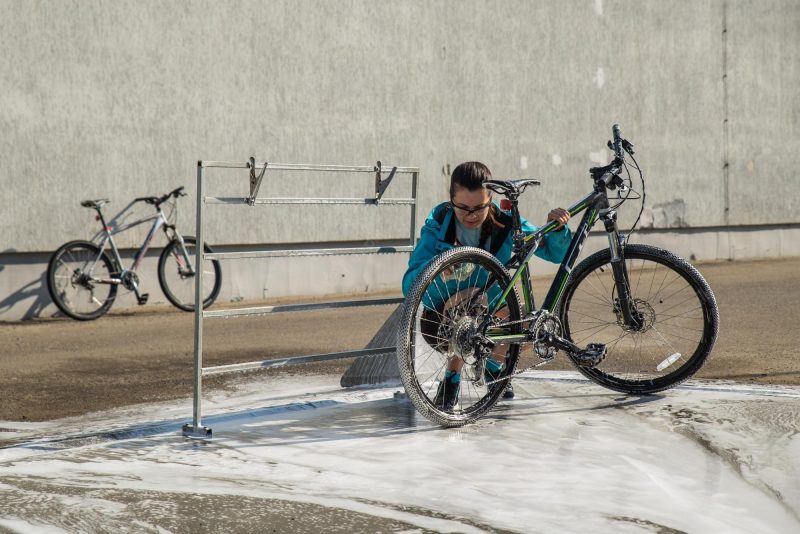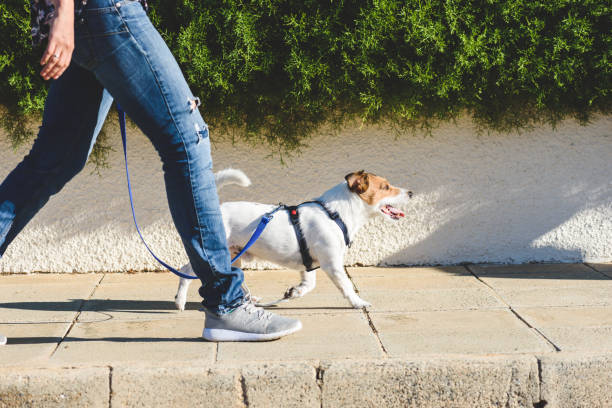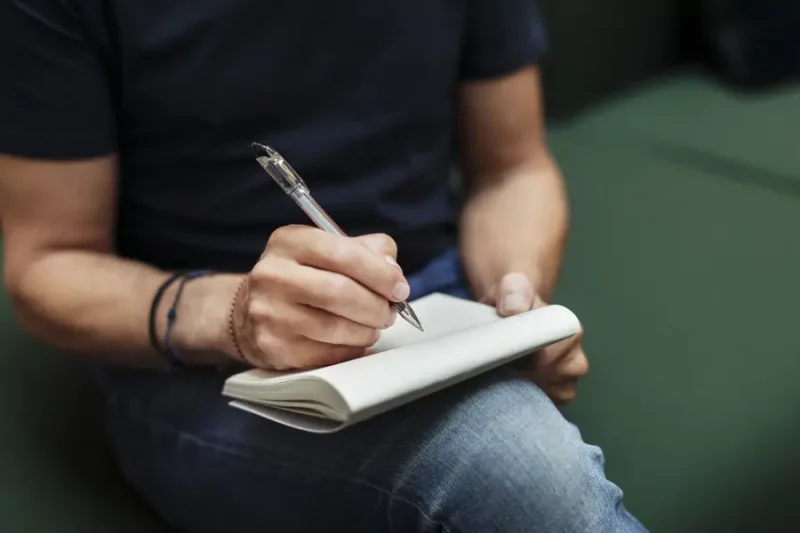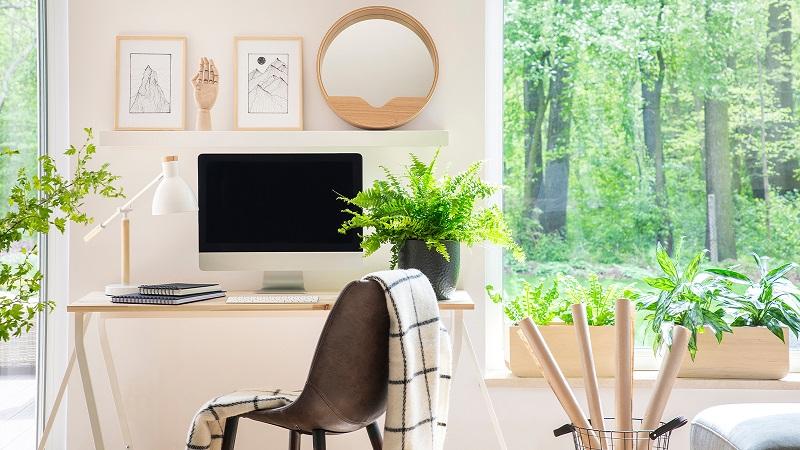
Our most productive times of the day don’t mean we’re the most creative, because everyone’s peak productivity and peak creativity don’t often coincide.
It was 1869, in his study, the scientist Dmitri Mendeleev is focusing on finding rules for arranging the chemical elements in a meaningful order. This search seemed to be a great obsession for Mendeleev because he had spent many years researching it, but it still seemed like a stubborn problem with no solution. One day, he decided to write all the elements on flashcards, each card containing the name and attribute of a certain element, he moved the cards around the lab, arranging them. in various patterns until despairing and falling asleep on his desk. When he woke up, surprisingly, he knew the solution to that conundrum. Mendeleev’s subconscious in his sleep arranged the cards exactly the way he was looking for so long.
“In my dream, I saw a table where all the elements were in very logical and logical positions. When I woke up, I quickly wrote them down on paper,” he said.
And like that, that’s how the Periodic Table of Chemical Elements was born.
As you can see, there are actually a lot of breakthrough and creative ideas that pop up in times when we don’t expect them, like when we sleep, walk, shower, or just sit and think. But looking to times like these to find great discoveries is unreliable and uncontrollable. So I decided to find out if there were ways to tap into the creative potential of consciousness, and fortunately, I found six ways to help us train ourselves and our minds. Take initiative to promote your creativity. And each method has scientific studies that prove its effectiveness. Well worth a try.
What is creativity?

Michelangelo’s ‘The Creation of Adam’
Creativity in general is the fact that you always have to try to find the right solutions and measures to create new things from the existing premise that do not coincide with any other product on the market. field, whether tangible or intangible. Depending on the situation, the specific field of creativity can be:
Dare to think differently, do differently
For example: Usually, anyone has the thought that they have to go to college – university to be successful. But with your own creativity , you can go another way by starting a business from what is available at home/local like raising fish, growing vegetables… Develop into a supplier for example.
See a problem in a different direction, a different angle without being restricted by habits, customs, and existing ones.
Example: Usually people eat fruit and then discard the peel. But when looked at from another angle, fruit peels also have certain benefits that you can compost to use as fertilizer to replant your crops very well.
Is to arrange things in a new way, the new order is completely different from the old arrangement
Is research and discovery to create products, material – spiritual values, new solutions that are not dependent on the old.
Is to find and create practical things that help people, society and meet the needs that are inherently lacking. Well-received and practical
For example: There is currently no medicine to treat rabies in dogs, but only a vaccine to prevent rabies. Therefore, the research and creation of a product that is a rabies medicine to meet an urgent need is a human creation.
Is to discover new things, improvements from existing ones
For example, instead of discarding old light bulbs and old bottles, people often take advantage of it and cut it to grow beautiful, economical and creative bonsai.
It is an activity in which people create products that are new and have more advanced value than the old ones
5 creative steps to uncovering new ideas
1. Let’s start from gathering information and learning knowledge
The view that creativity is an instinct of every person is a misconception. In fact, we can completely practice creative thinking through learning and experimenting. In English creation is creation or means creation. And to create creativity, the first step is to gather information and learn knowledge from many different sources.
For example, for Designer, Marketer , in addition to equipping career knowledge, you need to hone more related skills and master the tools of customer portrait analysis . Besides, collecting secondary and primary information will help you accurately predict future Design and Marketing trends and changes in customer wants about products. From there, suggest suitable solutions.
2. Organize old knowledge in a new perspective
What is the next step in the creative process ? Sometimes creating new things is extremely difficult, so you can practice creative thinking by approaching old knowledge in a different way. For example, you can stand on a writer’s side to teach math, which in turn offers some fresher approaches to engaging students.
In addition, for some positions that require constant creativity, when you are out of ideas, don’t hesitate to stop doing that job to challenge in a new field. After a while, you will find your own and different creative inspiration.
Some desingers are willing to temporarily leave work for 1-2 years to spend time with themselves with interesting travel, in each trip, they experience and enjoy. Then, share the unique experiences on your own travel forums and blogs. After this period of time, they find their inspiration to work again and “refresh” their souls, quickly returning to their previous jobs. This can completely be understood as an example to explain what innovation is.
3. Relaxing means creating your own capacity
Sometimes pressure isn’t a great way to create a creative environment . At this time, relax yourself, do something new, enjoy an early morning coffee or go to a place you want to visit, maybe creative ideas will suddenly appear unexpectedly.
4. Let the ideas come naturally to you
Sounds strange right? This is actually very realistic. We forget how the famous theorem “Newton’s Law of Gravity” came about in the very random moment when the apple fell on the head. Now, with his genius mind and unending curiosity about the world around him, he pondered over the reason for the apple falling. Thanks to that, Newton gave birth to the law of universal gravitation. This is considered a good example of letting ideas come naturally!

5. Develop creative thinking from feedback
There is a fairly effective creative method today is to change based on feedback, feedback from customers. This is often applied in the field of Design, Marketing, especially market research . Sometimes product improvement comes directly from receiving customer feedback. It can be a compliment, a complaint, but whatever it is, be dedicated to thinking, creative thinking will come to find a solution to change.
Secret ideas? How to get creative ideas?
#1: DON’T BE TOO CONFIDENTIAL AND KNOW YOUR GOLDEN TIME FRAME
If you’re looking for new ideas, the best way to get there is to do nothing. It sounds confusing, but our brain always has its own reason, the more you try to focus, the more likely you will push yourself into a dead end. In the book Imagine: How Creativity Works , author Jonah Lehrer describes that emotions and intellect develop more when relaxed than when focused. high.
According to psychology professor Sian Beilock (University of Chicago), a person’s creativity can be completely suppressed if they use too much energy in a certain period of time. The professor asserts that the time we are most productive during the day does not mean that we are the most creative, because each person’s optimal productivity and peak creativity are often not. coincide . For example, “morning people”, although they are extremely productive in the morning, their “creative falling point” is often in the afternoon or late at night. So, if these morning people try to force themselves to think of new ideas in the morning, the results will be completely counterproductive.
The solution to this problem is to spend more time listening to yourself. At that time, if we have identified the golden time for our logical and creative capacity, we can fully proactively arrange the nature of work to suit each of those golden times. When the brain is most creative, we will do work related to generating new ideas, painting, and composing. When the brain is at its most logical, we will spend it on calculation, planning, and diplomatic tasks.
So, once you have a creative time frame, put aside focus or logic and make room for dreams, emotions, imagination, relaxation leading to the creative world. within each person.

#2: Leverage the value of boring chores
Experiencing boredom helps increase human creativity because when doing dull and repetitive tasks, our brains have time to rest and recharge. That is quoted from the research project of the doctoral group of psychology at the University of Central Lancashier, UK to find an answer to the hypothesis whether boredom increases creativity. The researchers did the research by dividing the volunteers into two groups of equal numbers. The first group was asked to copy phone book pages by hand with the aim of increasing their boredom. The second group does not have to do this copying work. As a result, after the first group spent hours and hours in tedious directory pages, which were moved on to other activities, their creative thinking became significantly superior to that of the second group.
The value of boredom is to bring relaxation time to the body so that then our thinking will be stronger, our senses are more acute, emotions are more abundant and creativity will definitely explode. ever. Similar to skill #1, creativity will be promoted if we know how to use brain energy properly.

#3: WALK/BIKE
A study published by Stanford University in 2014 showed that the simplest act to increase creativity is walking.
The study was conducted on four groups of subjects. The first group was asked to walk on a treadmill in a gym. The second group was asked to just sit still in the outdoor space. The third group was asked to walk outdoors and the fourth group was pushed on outdoor wheelchairs. After equal intervals of time, the four groups gathered and took a quiz on creativity. As a result, the creativity of the two walking groups (the treadmill walking and the outdoor walking) was up to 60% higher than that of the two sitting groups (single seat and moving car). Thus, mental health is closely related to physical health, if you can’t find new ideas, take a few walks in the yard or around the office.

#4: CONNECT THE KNOWLEDGE
Dr. Robert Epstein, a lecturer at the University of California (San Diego), conducted research showing that in order to unleash our creativity, we should make the following tasks an inevitable and repetitive part of our work. Repeat them often, even every day if possible:
– Jot down new ideas in a notebook, journal, tape recorder, or maybe a paper towel if you’re dining or on the go.
– Engage in some daring plan without regard to its outcome or feasibility, the goal is to let the brain go beyond the comfort zone and reach the impossible. Looking for ways to teach dogs to fly, for example, Epstein thinks these impractical tasks help our brains make connections with pre-existing knowledge and generate novel ideas.
– Expand your knowledge by taking classes or reading books unrelated to your profession. The diversity of knowledge will create new neural connections, new inferences, forge the knowledge torch every day more intelligently, more clearly to many hidden corners of the world that you have not yet discovered. When you have a lot of knowledge, you will have more databases to link them together and create intellectual products that are intertwined, new and diverse.
– Besides self-learning, you can also build yourself social relationships with interesting and bright individuals who will bring positive energy and new knowledge to you. . Having regular dinners with happy friends or changing the layout of your desk will help you develop more basic ideas.

Last year, the Journal of Creative Research (Volume 20, Issue 1) published a scientific study showing that maintaining the above 4 habits really works, helping to increase creativity. Seventy-four office workers from Orange County, California, followed Epstein’s creativity-improving exercises, and after eight months of continuous practice, this group’s rate of new idea generation was measured. The price went up 55%, thanks to those groundbreaking ideas they made the company more than $600,000 and saved other things up to nearly $3.5 million. You see, sometimes we don’t have to wait for new ideas to happen, but we can actively practice a few simple habits every day by continuously expanding our knowledge and stringing them together. Maybe you’ll get the same results as the seventy-four employees in California.
#5: CHANGE THE SMALL THINGS
Neuroscientist Gregory Berns says that it’s only when we’re exposed to things we’ve never experienced that the brain is stimulated to think outside the box. So to stimulate your imagination, look for environments, jobs, and places you’ve never been to before. Dr. Epstein has also confirmed the same point as mentioned above, start changing the old things on the walls of the house, the desk, the topics of daily conversation, learn a new language, read a new book…
Change everything, even in the little things. Creativity will be grateful if you bring new mental food to the brain every day.

#6: SLEEP
In 2004, the scientific journal Nature (Volume 4, 6,972) published research showing that sleep plays a huge role not only in physical health but also in solving mental problems. In the study, participants were tasked with solving long and tedious math problems, then they were given an eight-hour break. As a result, the number of people who solved the problem after sleeping during the break was more than twice as high as those who didn’t. Sleep is a powerful catalyst for your creativity. And similar to mentioned in #1 and #2, our brain also needs to rest and recuperate before it can use its full potential.

Personally, I have tried all of the techniques above, but in the end, I find walking is the most effective. When I’m stuck with an idea, I just need to get up from my desk, don’t bring my phone, and walk for 10 minutes to feel the innovation in me. It seems that in those 10 minutes, I was able to free my cramped thoughts, get out of tight spaces, clean up old thoughts to make room for clarity and creativity to come to me.
Let’s not talk about me anymore, let’s quickly summarize 6 scientifically proven ways to increase creativity:
#1: Relax, don’t stress, don’t get too focused
#2: Trying boring tasks is an opportunity for the brain to rest
#3: Walk
#4: Expand and connect sources of knowledge as a daily habit
#5: Change the environment even in small things
#6: Sleep to boost creativity
Try them all and pick the one that really works best for you later. Wish you success!




